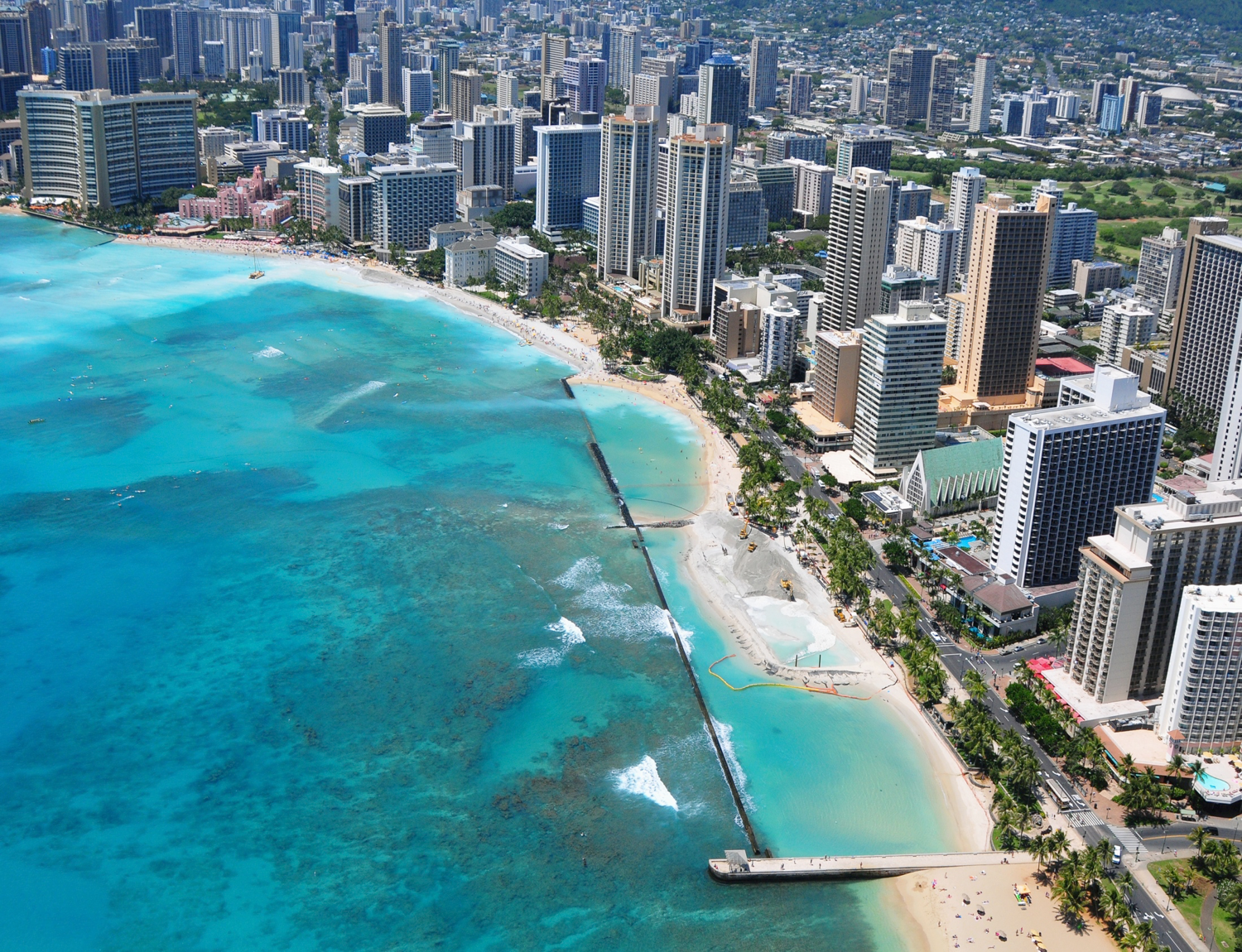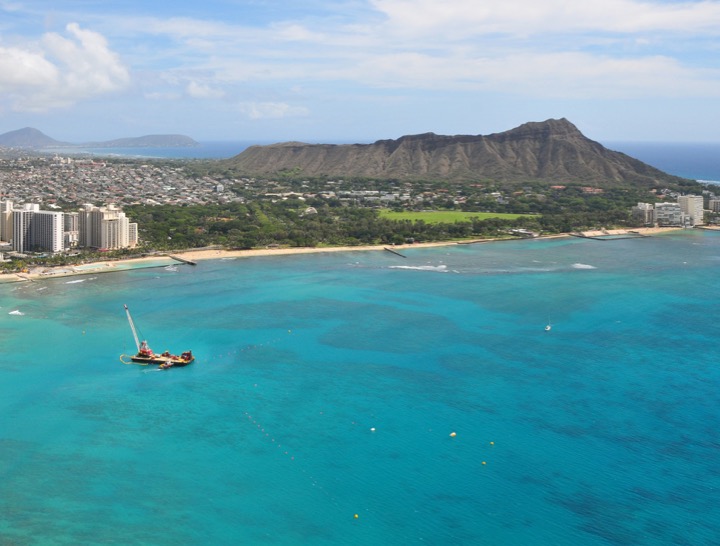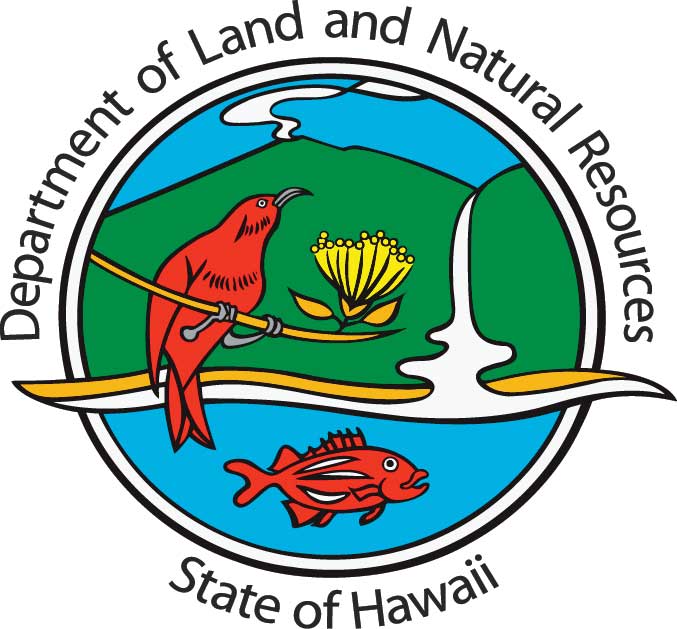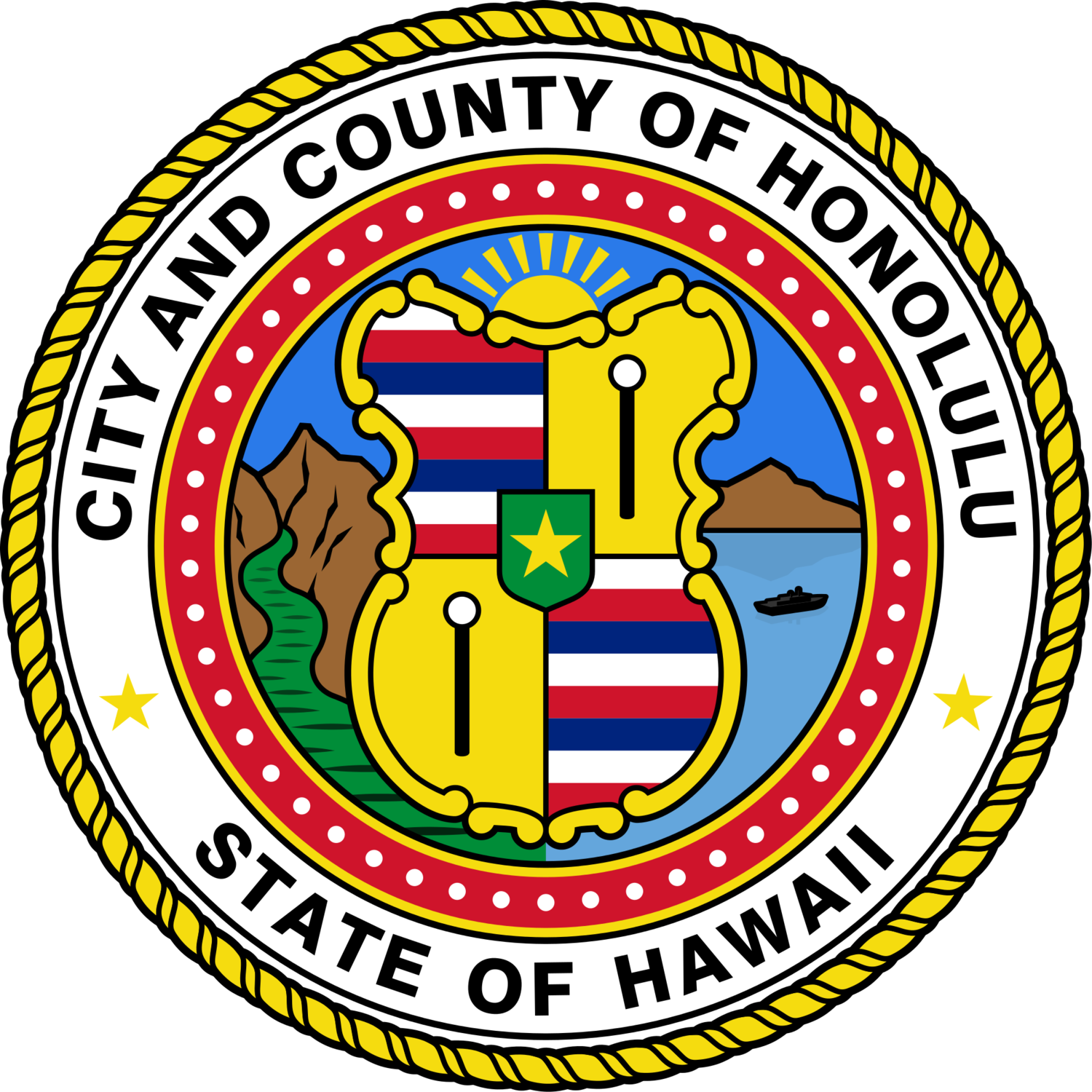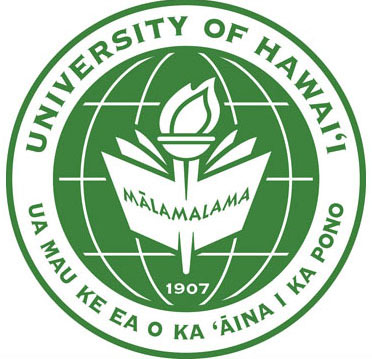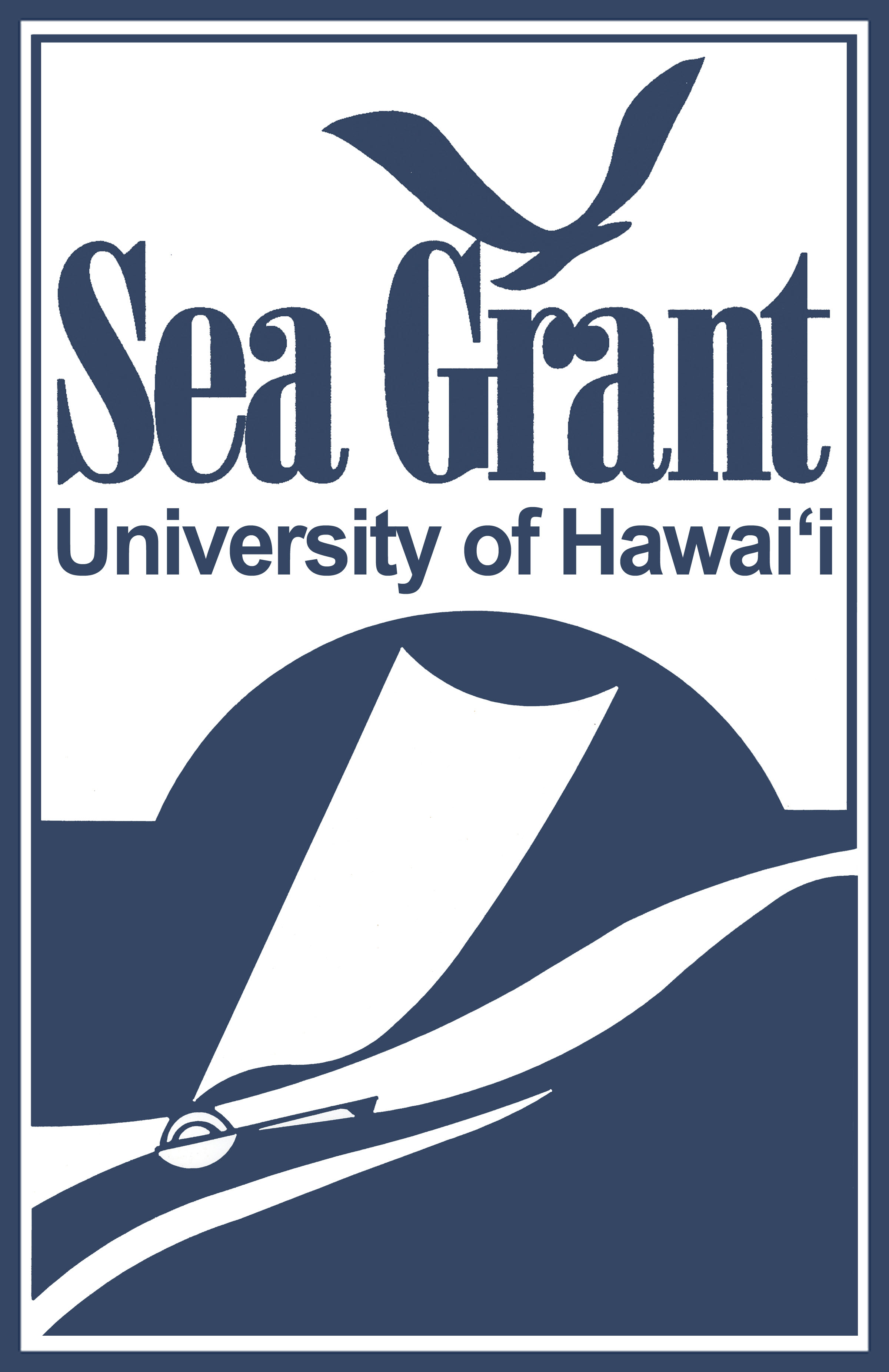Waikīkī
World Surfing Reserve
The World Surfing Reserves
World Surfing Reserves, a program of Save The Waves, proactively identifies, designates and preserves outstanding waves, surf zones and surrounding environments around the world. The program serves as a global model for preserving wave breaks and their surrounding areas by recognizing and protecting the key environmental, cultural, economic and community attributes of surfing areas.
The Waikīkī World Surfing reserve effort will be carried out in coordination with the project partners and stakeholders. Strategic outreach efforts and visioning process will help define the primary project priorities and strategies and create the framework for a comprehensive stewardship plan for Waikīkī's surf sites. The WBSIDA has developed a Waikīkī Beach community advisory committee to help inform beach improvement project development, serving as a community representative to the project team, we envision the Local Stewardship Council will be structured in a similar way.
Waikīkī is a world-renowned surf zone located on the South Shore of the island of Oʻahu, Hawaiʻi. The proposed Waikīkī World Surfing Reserve would encompass a 2.5-mile stretch of coast from Kaimana Beach to Magic Island, containing over a dozen popular surf breaks–including Castles, Publics, Walls, Cunhas, Queens, Canoes, Sandbar, Populars, Paradise, Threes, Fours, Kaisers, Rockpiles, and Ala Moana Bowls–where a wide variety of surfers can be found enjoying the surf year-round. Waikīkī is also home to some of the world’s best surfers.
Surf historians agree that, among the documented forms of surfing that existed independently in pre-contact times, the highest development of the sport was in Hawai’i, where surfing was a national pastime. Native Hawaiians surfed at hundreds of surf spots on all eight of the major Hawaiian Islands, but Waikīkī stood out above the rest as a hub for surfing. Waikīkī is often referred to as the birthplace of surfing, and Hawaiian surfers like Duke Kahanamoku helped spread the sport to locations around the world. However, surfing was beyond just a sport to Native Hawaiians. Wave-riding and surfboard-crafting were both ceremonious and skillful arts that demonstrated the important connection between Hawaiians and their environment, which served as a foundation for their traditional land stewardship model and lifestyle.
Vimeo Video (48 mins)
Kai Piha- Kaʻahele Ma Waikiki
Waikiki Place Names History
By John Clark
SIGNATURE EFFORTS
Waikiki Beach management plan
The WBMP attempts to balance protection and improvement of coastal resources with the unique economic, cultural, and historical concerns for Waikīkī. The plan will identify and prioritize short-term beach maintenance projects and provide implementation strategies to facilitate progress.
waikiki beach feasibility study/EIS
In partnership with the WBSIDA, the DLNR has initiated a technical study with a local engineering and consulting firm to conduct a Feasibility Study, Environmental Impact Statement (EIS) and Project Design and Permitting for beach improvements in Waikīkī Beach, Honolulu, Hawai’i.
Ala Wai Watershed collaboration
The Ala Wai Watershed Collaboration (AWWC) was formed in response to efforts to clean up the watershed and canal, reduce the risks of natural disasters and climate change impacts, and improve community livability and opportunities for cultural connections throughout the watershed.
Tell us what is important about Waikiki to you.
Additional Projects (In Progress)









